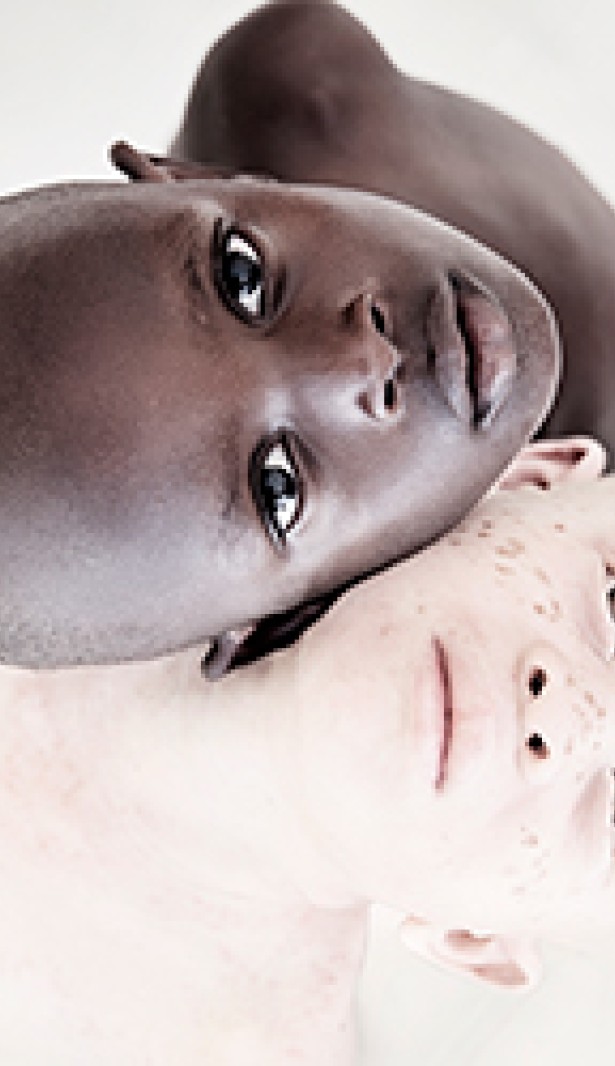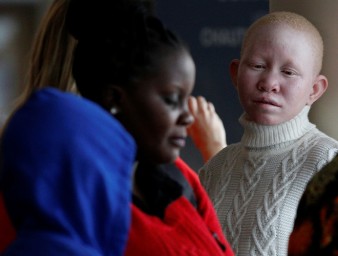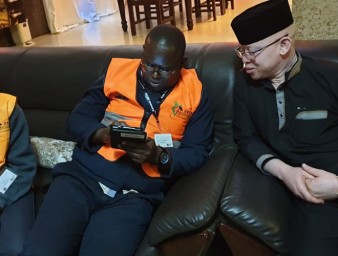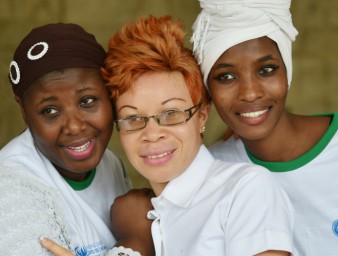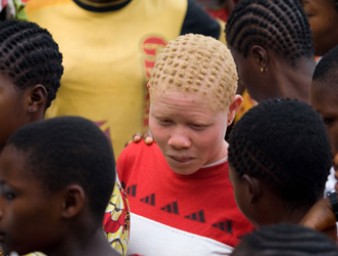Hunted for their body parts
04 April 2017
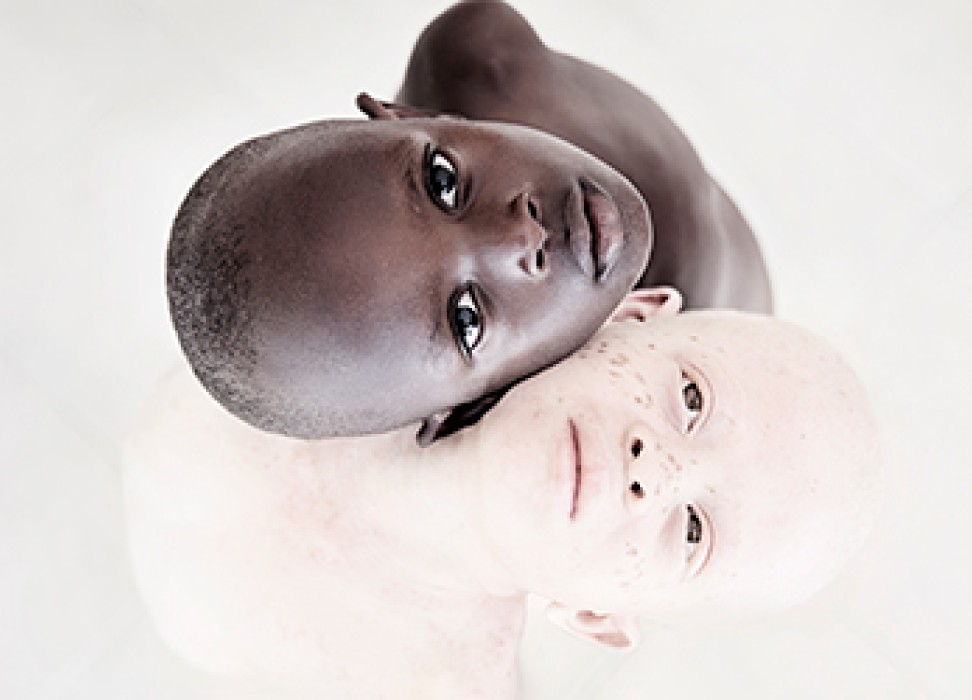
Over the past ten years, more than 600 attacks on children and adults with albinism have been reported in 28 countries.
These attacks include the hacking of body parts from persons with albinism, alive or dead, to bring them to so-called witchdoctors and practitioners of traditional medicine to make potions, amulets or charms, thought to bring good luck or wealth to the end user.
In a ground-breaking report where she identifies witchcraft as a root cause of these attacks, the UN independent expert on the rights of people with albinism, Ikponwosa Ero, uses the term ‘witchcraft’ in its generally agreed form to refer to negative occult or mystical forces, although she recognizes that in relatively few instances, it has been associated with positive connotations of empowerment and cleansing.
Not only can body parts of people with albinism be used for ritualistic purposes but they themselves can also fall victim to accusations of witchcraft: children born with albinism can be perceived as a curse on their families who are quick to abandon them, exclude them and their mothers from the community, or even be the victims of infanticide.
Although Ero stresses the usefulness of traditional medicine, she has witnessed situations where the difference between witchcraft practitioners and traditional doctors was hard to establish.
“I have seen advertisements in newspapers posted by ‘traditional healers’ offering to make clients richer, cure incurable diseases, secure release from prison, and making other claims that are more suggestive of witchcraft than traditional medicine,” she said.
As a study by UNICEF infers, the notions of ‘witchcraft’ and ‘sorcery’ were introduced to Africa by the first European explorers, colonialists and missionaries. These concepts were employed to translate pejoratively terms used in vernacular languages for local realities .
The expert further highlights that unlike traditional medicine, that over centuries has been adapted to contemporary contexts, the use of body parts of people with albinism is apparently a recent practice, as suggested by the rapid spread of attacks over the last ten years .
“Attacks and use of body parts of people with albinism, regardless of the purpose for which they are used, cannot under any circumstances be considered an elemental part of any legitimate practice, whether linked to witchcraft or to traditional medicine,” she stressed.
“Such acts inherently constitute criminal activity and other human rights violations. Consequently, they cannot be justified on the basis of tradition, traditional medicine, or any other ground.”
Ero lists three types of perpetrators in this gruesome industry: those who hunt, attack, kill and dismember the victims and transport their body parts; those who present themselves as witchdoctors or traditional healers and use the body parts in rituals; and those who buy such charms and potions.
The expert points out that one of the major challenges in prosecuting attacks has been the inability to identify and prosecute the last two categories of perpetrators. The issue is further complicated by the lack of effective oversight over the practice of traditional healers, and the absence of clear national policies on the issue.
“The collection of evidence … is often hindered by the secrecy surrounding witchcraft practice, the participation of family members in perpetrating attacks, the inability or fear of victims and their families to report attacks, as well as the limited financial, human and technical resources at the disposal of law enforcement agents in the concerned countries,” she added.
On 3 March 2017, Ero welcomed the conviction by the High Court of South Africa, of the mastermind of the murder and dismemberment of the body parts of a woman with albinism.
The 20 year old victim was kidnapped in August 2015 in a village of Kwa-Zulu Natal province and later found dead. Her body parts were collected for rituals that would supposedly produce wealth for the mastermind’s clients.
“Such cases are fundamental to understanding the patters and root causes of ongoing attacks against people with albinism,” Ero said.
The independent expert also stressed that addressing deeply rooted beliefs such as belief in the efficacy of human body parts in witchcraft and traditional medicine requires community sensitization on the scientific explanations for albinism. Public education should engage faith-based organizations, traditional leaders, people with albinism and their families.
A project carried-out by UNESCO last year in Tanzania - a country with one of the world’s highest prevalence rates for albinism - yielded a double digit increase in the percentage of people claiming knowledge about albinism, including its genetic basis and that it is not a curse.
4 April 2017
Did you find this story interesting? You can learn more about albinism and discover inspirational stories told by people with albinism here.
